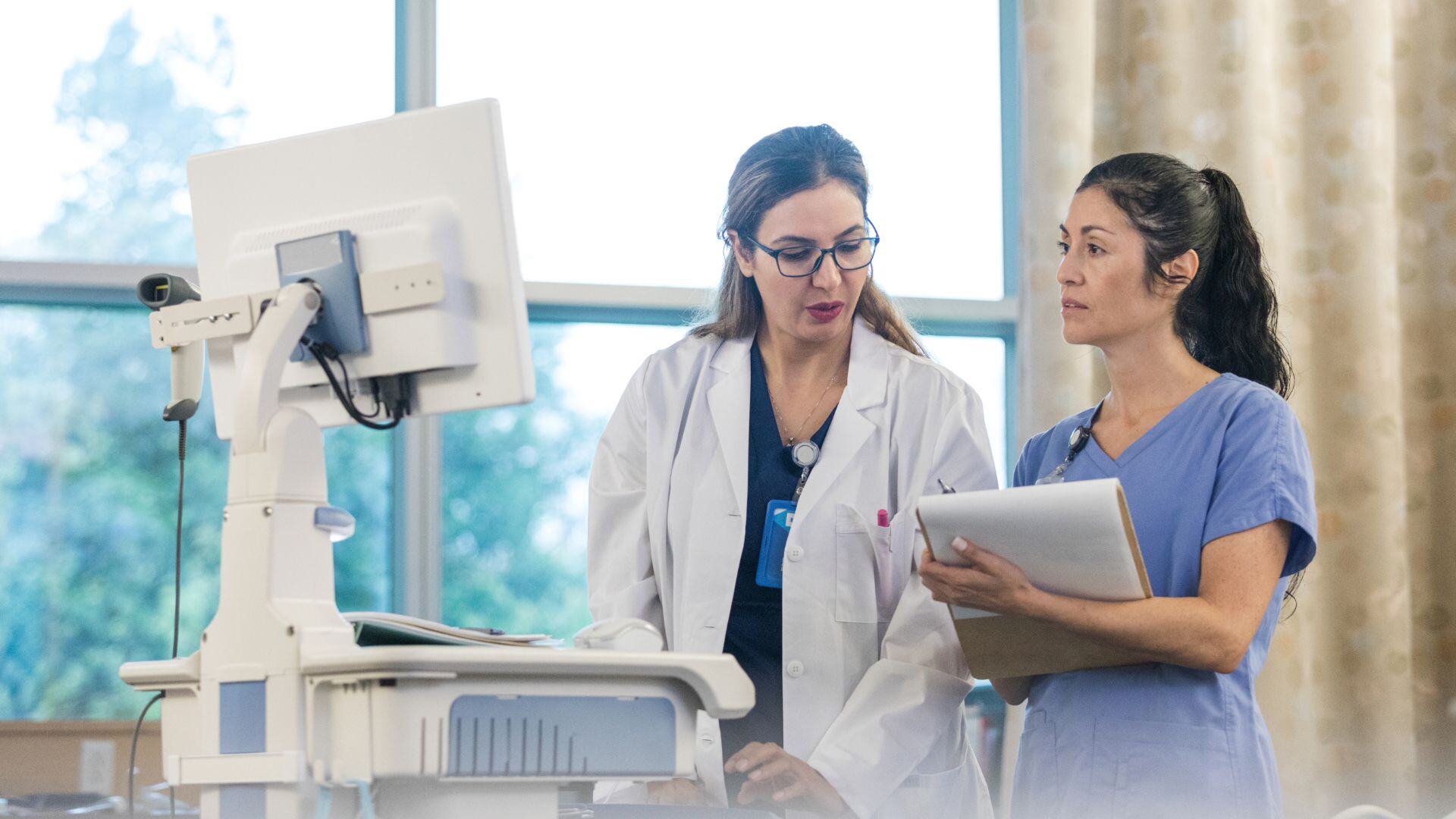Training Management: Empowering Healthcare IT Teams
Why Training Management Matters
At CareNexus®, our Training Management Process is designed to ensure healthcare staff are equipped with the necessary skills and knowledge to excel in their roles, particularly during times of change or technological upgrades. Our approach incorporates structured, hands-on learning, continuous feedback, and process improvement.

Assess Training Needs
We begin with a thorough needs assessment to identify the specific training requirements of each role within the organization:
- Gap Analysis: Identify skills gaps related to new technologies, compliance, or operational changes.
- Role-Specific Needs: Tailor the training to the specific requirements of clinical, administrative, or IT staff.
- Change-Driven Focus: Emphasize areas of the organization that have undergone recent changes, ensuring that training addresses those adjustments.
This ensures that training is targeted, relevant, and aligned with organizational goals.
Design Role-Specific Training Programs
Our training programs are designed to be engaging and practical:
- Curriculum Development: We create comprehensive training plans that focus on job-specific tasks and processes.
- Hands-On Learning: Training includes practical, scenario-based exercises that reflect real-world situations, ensuring that staff can apply their learning immediately.
- Blended Learning Approaches: We offer a mix of in-person, online, and peer-led training sessions to accommodate different learning styles and schedules.
This makes the training actionable and highly relevant to day-to-day responsibilities.
Effective Training for Performance and Tech Adoption

Structured Delivery and Implementation
We implement training with clear, structured steps:
- Step-by-Step Instruction: Break tasks into clear, manageable steps to ensure learning is methodical and easy to understand.
- Practical Application: Staff practice new skills in real-world settings, applying them directly to their roles.
- Modular Delivery: Training is delivered in short, manageable segments, allowing staff to learn progressively and apply knowledge immediately.
This ensures that training is absorbed incrementally and reduces overwhelm, leading to better retention.
Linking Training with Performance Management
We integrate training outcomes with performance metrics to ensure that it delivers measurable improvements:
- KPIs and Performance Metrics: We establish clear KPIs related to job performance and track the impact of training on these indicators.
- Feedback and Adjustments: We collect feedback from staff and managers to refine training programs and ensure they meet the organization's goals.
- Ongoing Monitoring: Performance improvements are tracked continuously to ensure that training has a lasting impact.
This integration ensures training directly contributes to improving job performance and organizational efficiency.
Support for Technological Adoption and Change
When new technologies or processes are introduced, we ensure that training supports smooth transitions:
- Technology-Focused Training: We provide specialized training for new systems and software, ensuring all users are comfortable and proficient.
- Cross-Functional Understanding: Staff from different departments learn how new technologies affect the entire workflow, fostering a collaborative environment.
- Change Management Integration: Training is closely tied to change management initiatives, ensuring staff are supported through transitions.
This ensures that technological and process changes are adopted efficiently and seamlessly.
Continuous Learning and Training Effectiveness in Healthcare

Ongoing Learning and Professional Development
CareNexus® supports continuous learning and development:
- Ongoing Training Programs: We offer refresher courses and updated training to ensure staff remain current on new regulations and technologies.
- Professional Development Opportunities: We encourage staff to pursue certifications and advanced learning opportunities to stay ahead in their fields.
- Performance-Based Training: We use performance evaluations to identify areas for improvement and tailor future training sessions.
Continuous learning ensures that healthcare staff are always equipped with the latest knowledge and skills.
Evaluating Training Effectiveness
To ensure training achieves its objectives, we continually evaluate its effectiveness:
- Post-Training Assessments: After training, we measure knowledge retention and practical application through tests and observations.
- Performance Improvement Tracking: We track improvements in performance related to training to ensure its effectiveness.
- Regular Audits: Conduct regular audits of training programs to ensure they meet the organization's evolving needs and objectives.
This process ensures that training is continuously refined and aligned with organizational goals.
This comprehensive Training Management Process ensures that CareNexus® equips healthcare organizations with the skills needed to navigate change, improve performance, and stay aligned with quality and operational goals.

Take the Next Step Towards Effective Training Management
Ready to empower your healthcare IT team with comprehensive training management? Start by implementing a robust training strategy that ensures your staff are well-equipped to handle new technologies and processes.
Download our comprehensive guide to get started on your journey towards a more skilled, confident, and high-performing healthcare organization.
